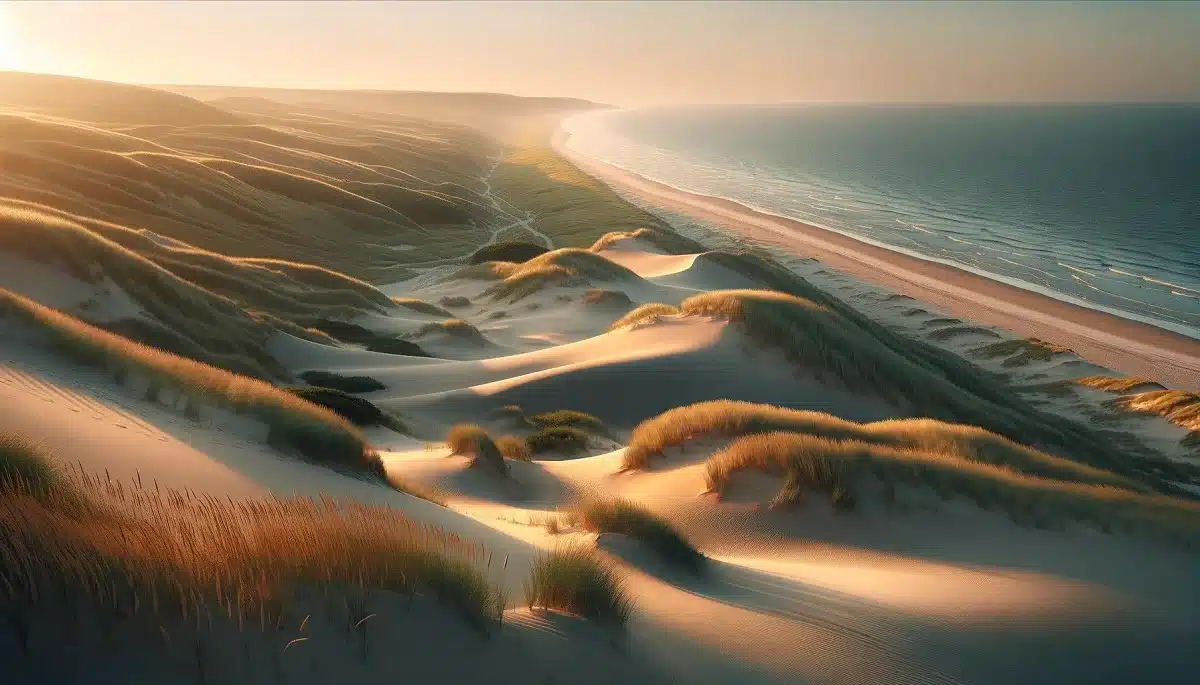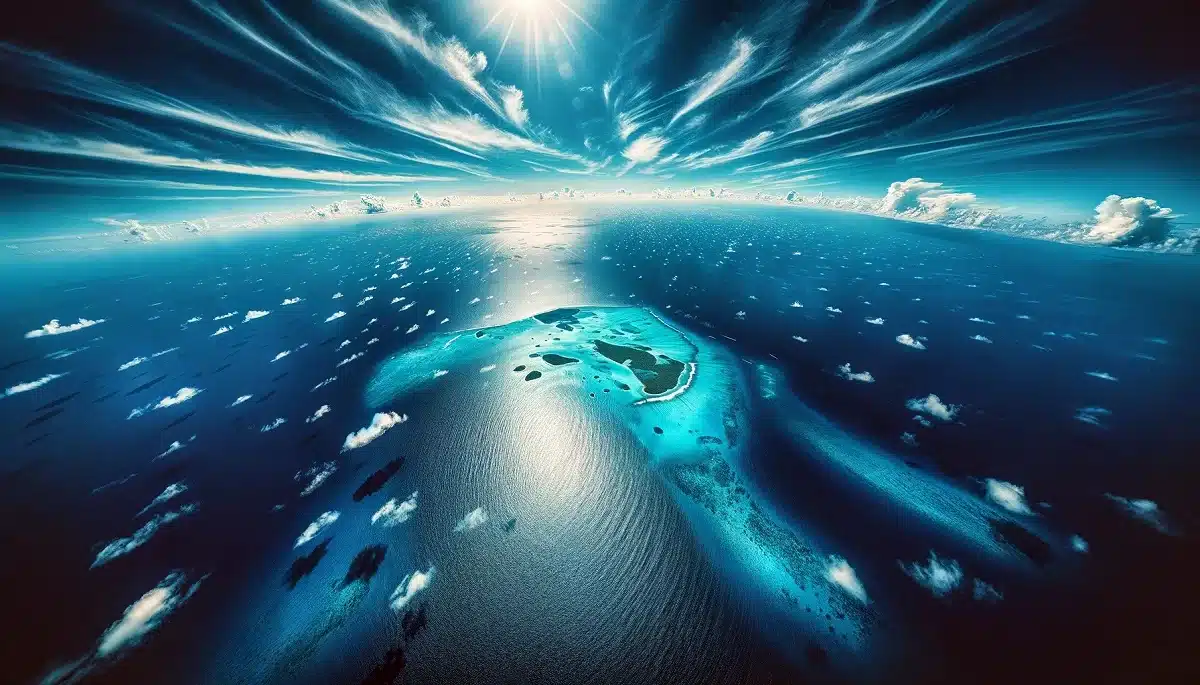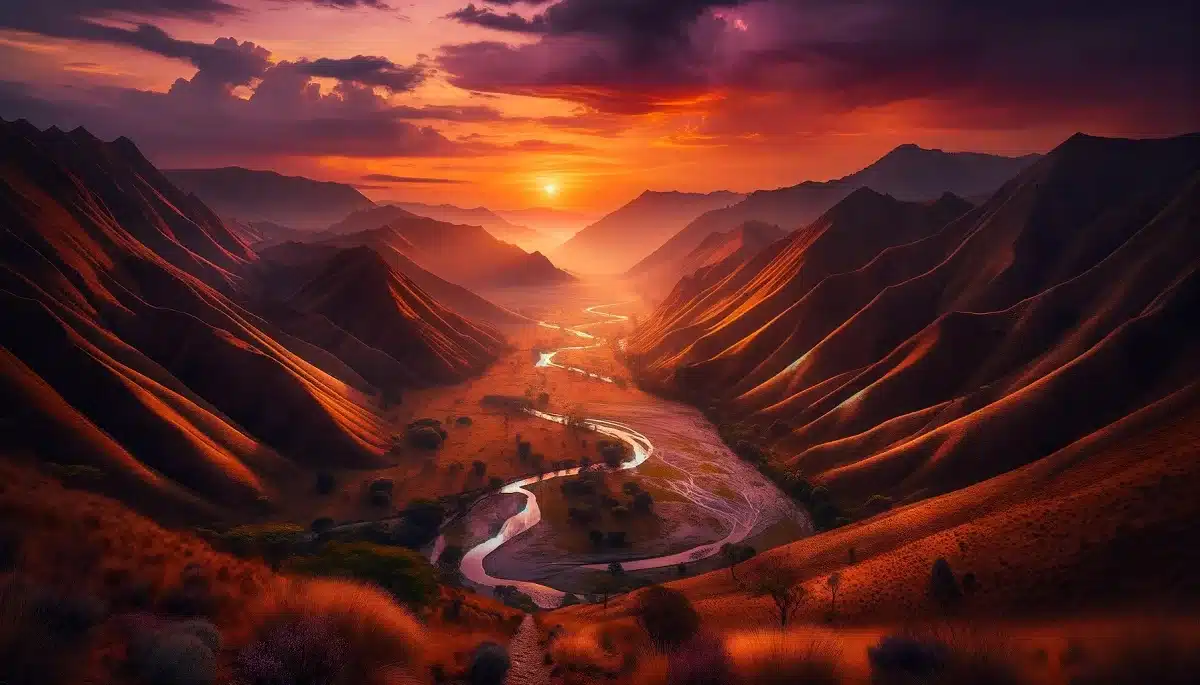Coastal Dunes: Nature’s Miraculous Protectors
Coastal dunes, formed by the accumulation of sand grains through the action of wind along the shores of seas and oceans, are not only breathtaking landscapes but also fulfill many vital functions for ecosystems. By closely examining the formation, characteristics, and benefits of coastal dunes, let’s understand the value of these natural wonders and the importance of their conservation.
Formation of Coastal Dunes Coastal dunes typically form when strong winds carry sand from the beach inland. The wind lifts sand particles and transports them to the interior, where they accumulate behind obstacles. These barriers can be plants, rocks, or other natural and artificial structures. Over time, these layers of sand pile up to form dunes.

Characteristics of Dunes
- Dynamic Structures: Dunes are constantly changing in shape and size due to the continuous influence of wind and waves.
- Ecosystem Diversity: Dunes provide habitats for many plant and animal species. Specifically, some plants and animals are only found in dune ecosystems.
- Water Retention Capacity: Sand has a good capacity to retain water. This feature ensures that areas behind the dunes remain a water source even during dry periods.
Benefits of Dunes
- Coastal Protection: Dunes act as a protective barrier against coastal erosion, protecting from sea-level rise and storm-induced damages.
- Biological Diversity: Dunes offer significant habitats for endemic plant species and wildlife. These areas are rich in biodiversity.
- Recreational Areas: Dunes are popular for various recreational activities, such as nature walks, bird watching, and photography.
- Water Resources: The water retention ability of dunes aids in the replenishment of underground water reservoirs. This is a critical water source for plants and animals living in areas behind the dunes.
Conservation Efforts
The conservation of coastal dunes is vital to preserve the many benefits these ecosystems provide. Human activities, especially construction and excessive tourism, can lead to the destruction of dunes. Therefore, efforts such as promoting sustainable tourism practices, preserving the natural state of dune areas, and restoring dune ecosystems are crucial.
Conclusion
Coastal dunes are not just natural structures with aesthetic value; they are ecosystems with critical ecological functions such as coastal protection, biodiversity, and water resources. Conserving these valuable natural assets will ensure the sustainability of these unique habitats and the benefits they offer for future generations.





